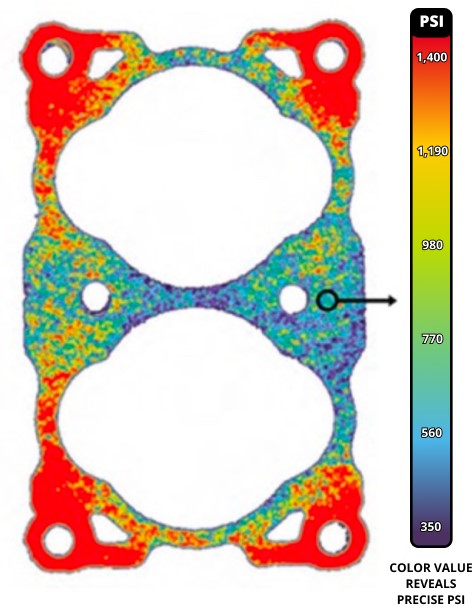Understanding human gait is essential for clinicians, researchers, and sports professionals alike. Gait analysis is the systematic study of human walking, running, or other locomotive activities. It provides critical insights into movement mechanics, aiding in diagnosis, rehabilitation, and performance optimization. In this blog, we break down the gait cycle phases, explore key parameters for evaluation, and highlight the technology that makes advanced gait assessment possible.
Definition of Gait and Gait Analysis
The definition of gait involves the pattern of limb movements during locomotion. Gait analysis involves quantitatively measuring these movements, focusing on factors such as temporal and spatial parameters, joint kinematics, and force distribution. These data points are crucial for determining abnormalities, tracking progress in therapy, and optimizing athletic performance.
Phases of the Gait Cycle
The gait cycle is divided into distinct phases that repeat every time a foot contacts the ground. The two primary components are the stance phase and the swing phase.
-
Stance Phase:
This is the period when the foot is in contact with the ground and comprises roughly 60% of the gait cycle. It includes:
- Initial Contact: The moment the heel strikes the ground.
- Loading Response: The body weight is gradually transferred onto the stance leg.
- Midstance: The entire body weight is directly over the foot.
- Terminal Stance: The heel starts to lift as the weight begins shifting forward.
- Pre-Swing: The foot prepares to leave the ground, transitioning into the swing phase.
-
Swing Phase:
Making up about 40% of the cycle, the swing phase involves the movement of the leg as it leaves the ground until it makes the next initial contact. It is further divided into:
- Initial Swing: The phase where the foot lifts off the ground.
- Mid Swing: The leg continues to move forward, passing beneath the body.
- Terminal Swing: The leg decelerates in preparation for the upcoming heel strike.
Additionally, phases of running gait are similar but have modifications to accommodate increased speed and impact forces. Running gait typically lacks a double support phase (both feet on the ground), leading to more continuous ballistic motion.
Key Parameters in Gait Assessment
Gait assessment focuses on several critical parameters:
- Temporal Parameters: These include step time, stride time, cadence, and stance-to-swing ratios. Anomalies in these measurements can reveal issues such as asymmetry or instability.
- Spatial Parameters: Step length, stride length, and step width are measured, as they indicate overall balance and efficiency.
- Kinetic Parameters: This includes ground reaction forces and pressure distribution during the stance phase. Tools like pressure mapping film are pivotal in capturing high-resolution data on force distribution under the foot.
- Kinematic Parameters: Joint angles and limb movements are evaluated using motion capture or video analysis. These parameters help in understanding how well the joints are coordinated during movement.
A comprehensive gait assessment combines all these elements to provide a detailed overview of an individual’s gait mechanics. The data obtained helps identify deviations from the norm, thereby guiding potential therapeutic or corrective measures.
Modern Technology in Gait Analysis
Advancements in technology have revolutionized gait analysis. Instruments such as force plates, inertial measurement units (IMUs), and 3D motion-capture systems enable precise measurement of gait cycle phases and parameters. Among these, pressure mapping film plays a crucial role by providing detailed visualizations of pressure distribution across the foot. When integrated with other assessment tools, this technology offers clinicians and researchers a complete picture of gait mechanics.
Furthermore, software platforms allow for the real-time processing of gait data, enabling immediate feedback and adjustment. This integration of hardware and software is particularly useful in sports science and rehabilitation, where fine-tuning gait can lead to improved performance and reduced injury risk.
Conclusion
A thorough understanding of the gait cycle, including its phases and the key parameters in gait assessment, is essential for effective rehabilitation and performance optimization. With modern technology such as pressure mapping film integrated into comprehensive gait analysis systems clinicians and researchers can now evaluate gait with unprecedented precision. As we continue to enhance measurement techniques, the insights garnered from gait analysis will play a pivotal role in improving both everyday mobility and high-performance athletic activities.


